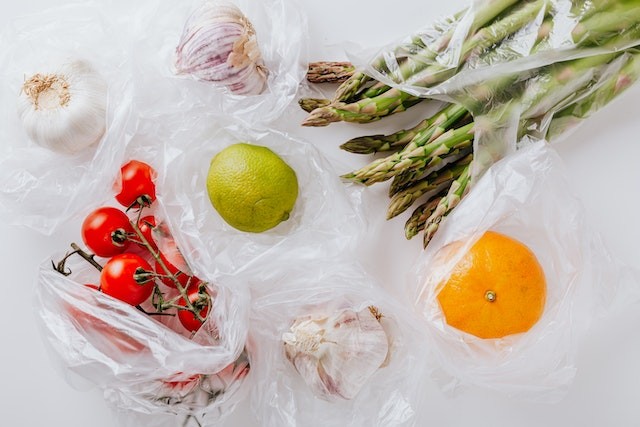Recent study led by CSIRO, Australia's national science agency, micro, and nanoplastics are widely present in our food supply and may have an impact on food safety and security globally.
Plastic a widespread in food supply

The study, which builds on earlier research that mainly monitored plastics in fish, is one of the first to assess the academic literature on microplastics from a food safety and food security risk perspective, as per Phys.org.
It demonstrates how plastics and its additives can be found in a variety of goods, including fresh vegetables, beef, poultry, rice, water, and take-out meals and drinks, in addition to fish, at varying amounts.
As stated by Dr. Nelis, fresh food, for instance, may not include plastic once it is picked up or caught but may do so by the time it is handled, packed, and delivered to us.
Micro and nanoplastics can be introduced to our meals through machinery, cutting boards, and plastic packaging.
He also said that this study emphasizes the necessity to control food safety and security by understanding what plastic may end up in food.
Biosolids obtained from wastewater treatment are a significant additional entry point for these pollutants into our agricultural system.
Although they can contain plastic fragments from a variety of sources, including the washing of synthetic garments, biosolids are a significant source of fertilizer for agricultural land.
The accumulation of these particles in the soil may alter its structure over time, this may have an impact on ecosystem resilience, crop output, and food security.
The study also covered how plastic chemicals that make plastic useful in today's world might leak into the environment and perhaps contaminate our food supply.
Further study is required to properly understand the health impacts of micro and nanoplastics in the environment, even if there are currently no conclusive studies showing they harm people.
Additionally, more study is required to create better analytical techniques for monitoring, evaluating, and establishing safe levels in food, drinking water, and agroecosystems, as well as to better comprehend the effects of plastics and their additives on food safety and security.
He suggested some actions customers can take to lessen the amount of micro- and nanoplastics that are released into the environment.
A decrease of 80% in plastic trash entering the Australian ecosystem by 2030 is the target of CSIRO's effort to eradicate plastic waste.
Also Read: Microplastics Found in 75% of Fish Meant for Human Consumption: Is It Still Healthy to Eat Seafood?
Micro and nanoplastics in food weaken immune system
A 2020 assessment by Trusted Source discovered that poor gut health and, consequently, reduced immunity are caused by the increased inflammation brought on by microplastic exposure.
With 70% to 80% of the body's immune cells located in the gut, the gut has a significant role in immunity.
This implies that any issue affecting gut health also affects immunological health.
Chronic contact with microplastics in the stomach is toxic to immune cells, disrupting the gut microbiota and promoting the expansion of pathogenic microorganisms.
Furthermore, the surface of microplastics could contain dangerous microorganisms that worsen immune system health.
Lessen eating highly processed foods
French fries, ice cream, drink, and canned goods are examples of highly processed foods that have been linked to greater amounts of microplastics in the human body, as per MedicalNewsToday.
Experts hypothesize that the development of chronic illnesses, such as heart disease, may be attributed to the poor nutritional content of highly processed foods as well as the negative impacts of the microplastics found in those foods.
Health problems brought on by microplastics in the food supply include heightened inflammation, reduced fasting glucose, insulin resistance, type 2 diabetes, and heart disease.
There is a high risk of exposure to microplastics through food, you can reduce it by avoiding highly processed meals, choosing eco-friendly food packaging, and switching to glass or stainless steel water bottles in place of plastic ones.
Related Article: Microplastics Discovered in Clams, Oysters in Oregon
© 2024 NatureWorldNews.com All rights reserved. Do not reproduce without permission.

![Tsunami Hazard Zones: New US Map Shows Places at Risk of Flooding and Tsunamis Amid Rising Sea Levels [NOAA]](https://1471793142.rsc.cdn77.org/data/thumbs/full/70325/280/157/50/40/tsunami-hazard-zones-new-us-map-shows-places-at-risk-of-flooding-and-tsunamis-amid-rising-sea-levels-noaa.jpg)



